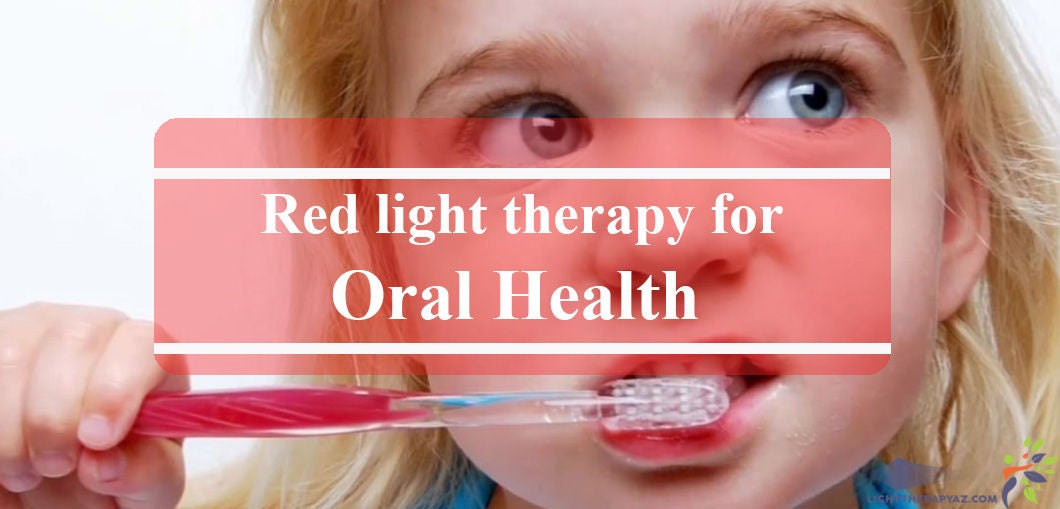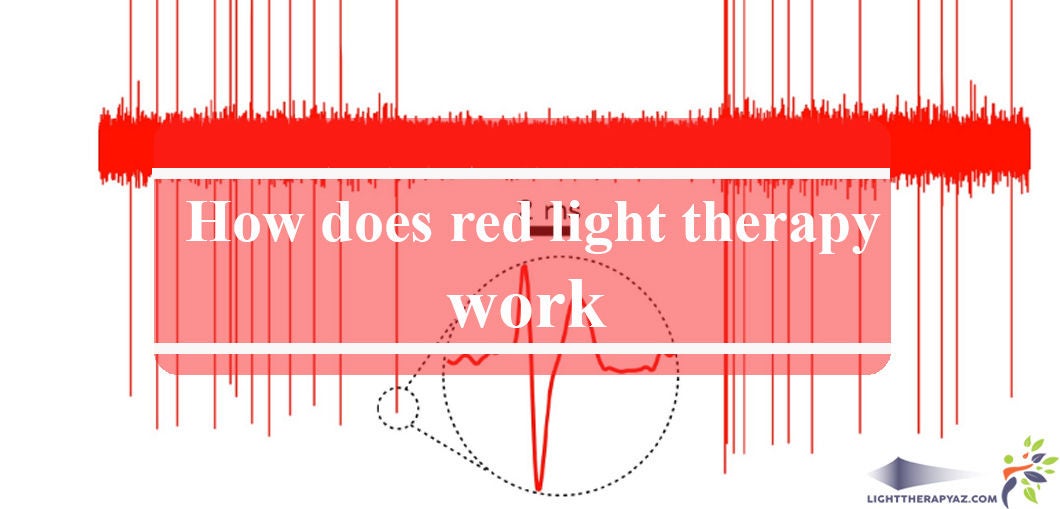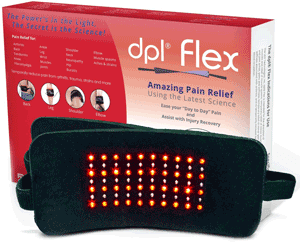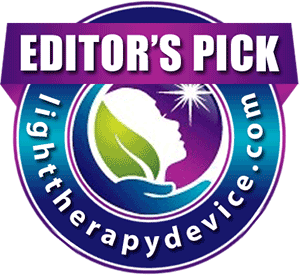The use of low-level laser for the enhancement of oral health has been a contentious issue for a while, but LEDs are not new in dentistry. From scientific researches, majority of users of LED reported a significant improvement in their oral health even within the first 24 hours of treatment.
Despite its scientific backup, the use of light therapy must not be used pervasively at homes, without the regulation or monitoring of a dentist. Studies have shown that individual suffering from oral issues, including; sensitive teeth, tooth-bone damage, tooth decay caused by bacteria, candidiasis or oral thrush, Orthodontic movement of the teeth, gums and jaw bone surgical treatment recovery, oral ulcers, Tonsillitis, cold sores, and other viral oral infections.

Table of Contents
- 1 Is red light therapy more effective than other daily tooth care?
- 2 How does red light therapy helps with tooth ache and tooth sensitivity?
- 3 Light therapy for bone and gum damages
- 4 How does red light therapy works in our bodies?
- 5 What is the ideal level of red light therapy required for oral health treatments
- 6 Conclusion
Is red light therapy more effective than other daily tooth care?
The effectiveness of light therapy for oral health has always been compared with other methods of oral care such as flossing, and tooth-brushing. One of the most surprising findings about the use of red light therapy for oral health is that it will not become more effective than tooth-brushing, or flossing unless it is applied at the right wavelength.
Red light therapy will generally reduce oral bacterial count, especially when applied within the 600 and 1000 nm ranges- this range is capable of destroying bacteria strains such as staphylococcus, and lactobacilli , which are bacteria known to cause rapid degeneration of the oral canal . Studies have also supported the idea that the addition of red light therapy to oral care routine can help prevent numerous forms of oral degeneration.
Is red light therapy more effective than other daily tooth care?
How does red light therapy helps with tooth ache and tooth sensitivity?
Tooth sensitivity is a problem that affects the quality of life of an individual, because the patient will no longer enjoy eating sweet foods , as a matter of fact, breathing through the mouth becomes tough. Red light therapy has been found to be very effective in reducing tooth sensitivity. Fortunately, the dentin layer which is the area of the teeth that is sensitive, regenerates all through lifetime, while the enamel does not.

Red light, targeted at the dentin layer will increase the speed at which the dentin layer regenerates causing a reversal of tooth sensitivity. You need to ensure that there are no physical barriers blocking dentin production in your teeth, and the complete treatment usually last for few weeks. Red light therapy may also be combined with the recommended complimentary tooth paste to speed up the healing process.
Those who suffer from tooth ache often resort to the use of regular painkillers however the use of low-level LED treatments for this same purpose can provide a much more effective treatment for such aches and pains. Light therapies will not only ease off the pains, it will also treat the cause of the infection- for instance, the underlying bacteria causing pain can be destroyed with the therapy.
Read more about Benefits of Red Light Therapy
Light therapy for bone and gum damages
Damage can occur to your teeth or the ligaments, and bones that support them, for instance, natural decay, trauma and surgery may cause damages to your teeth but the fact that light therapy helps in the healing of the dentin layer also makes it possible for the therapy to speed up the healing of other parts of the mouth and dental cavity.
Red light therapy has been shown to reduce the risks of inflammation on teeth bone and gums, in addition to speeding up the healing of wounds. The use of light therapy ensures the strengthening of periodontal bones; therefore you don’t need to perform any surgery. Red light therapy has been shown to improve bone density.
How does red light therapy works in our bodies?
It can sound strange to many people, the fact that light therapy works for several oral health problems, familiarizing yourself with the mechanism of red light therapy can help you optimize its benefits even much faster. Red light therapy works primarily by working on the Mitochondria cells, a situation that triggers more ATP energy production.
This means that any cell in the body, that has mitochondria will definitely benefit from red light therapy. With the focus of red light on oral components, Nitric Oxide which is a stress hormone that limits the product of energy in the body, is dissociated, thus, red light will negate all the negative effects of the substance.
What is the ideal level of red light therapy required for oral health treatments
Improving the surface tension of the body’s cell cytoplasm will lead to the release of more Oxygen in the body and this will lead to more flow of energy. Several wavelengths of red light treatments have been found to be effective in dealing with many Oral health problems, however the most effective ones are within the 630nm and 830nm ranges. Red light therapy treatments are quite cheap for oral health treatment, regardless of the levels of treatment.
The main requirement for the effectiveness of red light therapy is for the light to penetrate through cheek, and gum tissues, and that means wavelengths that are weaker than 630nm will only penetrate through the surface, thus becoming difficult for it to treat infections in the secondary levels, especially the ones surrounding the gums, and molar teeth bones.
Your dentist should be able to evaluate your situation and determine the ideal wavelength of light therapy for your needs. In most cases, you can get a red light therapy treatment as an out-patient, thus you don’t have to be at the hospital permanently.
Conclusion
The most relevant wavelength of red light treatments for most oral problems is between 600-1000nm, however, wavelengths of up to 1000nm are rarely used, except the condition has deteriorated for the worse, but most bacteria, viral and natural degeneration of the oral components should be treated at less than 800nm wavelengths.
Though Red light therapy is being encouraged for incorporation into oral health management, it must not be used on daily basis, to avoid possible destruction of healthy oral cells. The therapy must be used only as prescribed by a recognized dental care practitioner.



Hi Wendy,
I am from Sri Lanka. I started an interest in Infrared therapy about a month ago since I fell on my back at my dancing class and although I did not feel anything, I went out and bought myself an infrared lamp. Since then I have been reading articles and experimenting with it, and I discovered that when I held it to my ankles and surrounding areas, all the veins that were like spider veins around that area completely vanished after one session of about 20 minutes. Tonight I will be holding it to my mouth as I have always been very careful with my teeth and gums, and just read that this is as good as brushing my teeth. I have been holding it to my age spots on the face, but although I do notice a marked improvement, I have read that it will take about 3 months for them to fade away.
I would like to know about Infrared therapy for weight loss because although I am not overweight, I would like to reduce my stomach by about an inch or two.
Hi, Kumarie. thank you for sharing your experience with us. Red light therapy can help weight loss. You can read this post for more info. http://lighttherapyaz.com/red-light-therapy-reviews/red-light-therapy-for-weight-loss/. Hope this helps you!
If red light therapy for dental use is not to be used daily, do you have a general recommendation? Thanks!